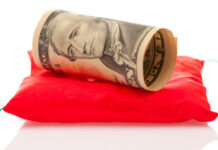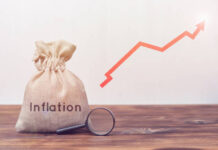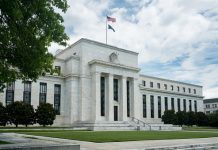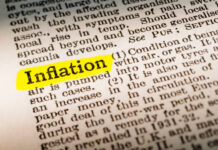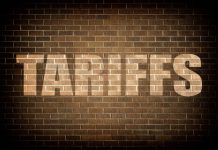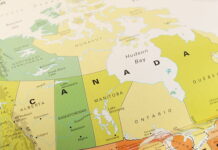Markets
The economic calendar yesterday focused on the US, with below-consensus ADP job growth and factory orders but slightly better-than-expected weekly jobless claims. None of them had a significant market impact though. US and European stocks snapped a two-day losing streak by adding between 1.33%-2.69% and around 1% respectively.
Core bond markets diverged. USTs stabilized after selling off lately, even as Fed vice governor Brainard and Cleveland Fed’s Mester basically ruled out a September pause in the tightening cycle as suggested by Bostic last month. US yields changes varied between -1.2 bps (2y) and 1.8 bps (30y).
German Bunds hugely underperformed, adding 2.1 bps (30y) to 7.6 bps (2y-5y) as markets keep raising bets that the ECB will have to follow the Fed in going bolder (50 bps hikes). Germany’s 10y yield (+5 bps) closed at 1.237%, just an inch above the 1.234% resistance level (38.2% recovery of the 2008-2020 decline).
Oil prices briefly fell after OPEC+ announced it would raise planned output hikes in July and August by 50%, from 432k to 648 kbarrels per day. The downleg quickly reversed with an intraday turnaround of more than 5% (Brent closed at $117.61/b).
UST outperformance in combination with risk-on deprived the dollar of its recently found momentum again. EUR/USD rebounded from 1.065 to 1.0747. USD/JPY lost a few ticks after hitting 130 resistance. The Swiss franc temporarily appreciated to the strongest level since early May after above-consensus CPI (2.7%) heats up speculation going into the SNB meeting on June 16. EUR/GBP rose further to 0.854 while UK markets were busy celebrating the Queen’s Platinum Jubilee. They continue doing that today.
In Asia, Hong Kong and Chinese markets are closed as well. Markets that are open generally trade in (pale) green. FX markets trade quietly. The euro holds a small advantage over the dollar with EUR/USD nearing 1.0758 resistance. The Chinese yuan strengthens in thin-liquidity trading to USD/CNY 6.66.
Core bonds hover sideways this morning ahead of the US payrolls release and the services ISM later today. Consensus is for a 320k job gain. Hourly earnings will probably remain solid and could be defining for the market reaction. The stronger-than-expected manufacturing ISM earlier this week called off the downward correction in yields. Will the services gauge surprise to the upside similarly?
This week’s batch of strong US eco data in any case convinced investors for the time being that the US economy is strong enough to withstand Fed tightening. We see room for US bond yields to extend gains following decent-to-strong data. Resistance (10-y) is located just south of 3%, marking the right shoulder top of a potential head-and-shoulders pattern in the making with the neckline situated at 2.72%. EUR/USD recapturing 1.0758 ahead of the weekend would be a bullish sign but remains difficult, especially should rising (US) yields result in a shaky equity sentiment.
News Headlines
Inflation in South Korea again jumped at a faster-than-expected pace in May. Headline inflation rose 0.7% M/M and 5.4% Y/Y, compared to 4.8% in April, reaching the highest level since August 2008. Core inflation excluding food and energy prices also jumped from 3.6% to 4.1%. Transportation costs rose 14.5% Y/Y, food prices were 6% higher. Utility prices rose 5%. In a statement, the Bank of Korea warned that inflation may stay high for a considerable period of time with more 5%+ prints expected in June and July. The BoK last week raised its policy rate for a fifth time since the start of its hiking cycle in August last year by 25 bps to 1.75% and signaled further steps. The Korean won which almost touched a multi-year low against the dollar mid-May, today extended its rebound with USD/KRW easing from 1252 yesterday to currently trade near 1240.In an interview at the website of the Czech National Bank (CNB) vice governor Marek Mora indicated that the CNB is likely to raise the policy rate further at the June meeting. He said that all options are open as is necessary to bring inflation back to the target. On a question whether a hike bigger than 75 bps is possible, he said he has no ceiling or limit. At the same time he stated that Czech rates are already quite high and that the CNB is nearing the point where no further rate hikes are needed. In this respect, he considers a scenario of the CNB board unanimously voting for stable rates at the August meeting as possible.

